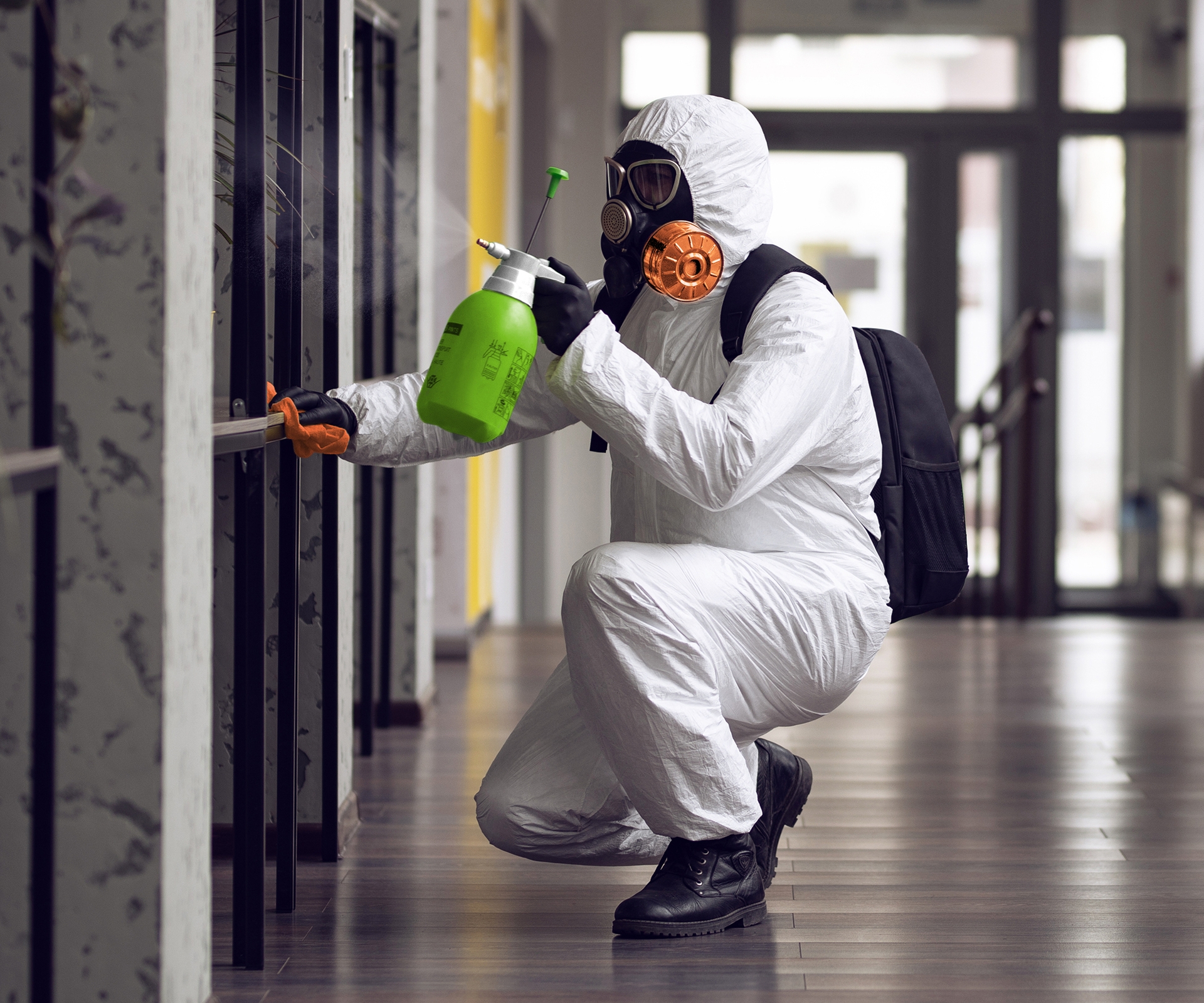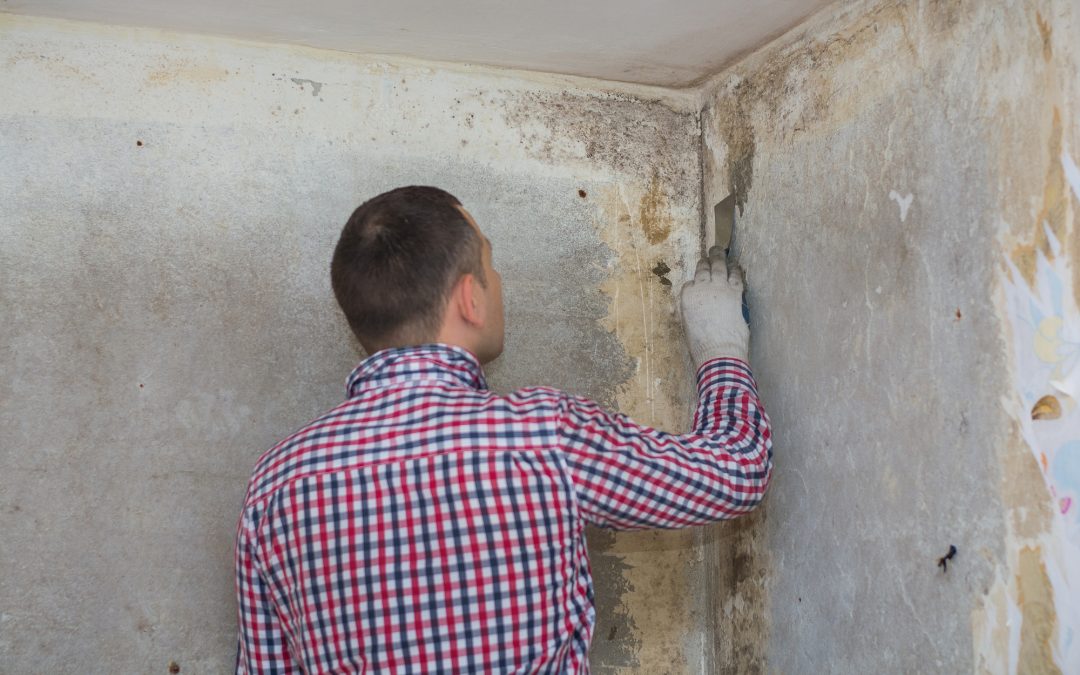Situating Post Remediation Inspection Near Me Providers
Situating Post Remediation Inspection Near Me Providers
Blog Article
Professional Tips for Message Mold Remediation Success
In the realm of mold and mildew remediation, successfully removing mold is just half the battle; the true obstacle hinges on stopping its reappearance. Post-remediation initiatives play a crucial duty in guaranteeing a mold-free setting in the long-term. By adhering to experienced suggestions and best techniques, individuals can safeguard their rooms versus mold and mildew renewal and maintain a healthy indoor environment. It is in this stage of the remediation procedure that interest to detail and aggressive steps absolutely make a distinction.
Monitor Humidity Levels Frequently
Regular tracking of humidity degrees is essential in ensuring the performance of post mold remediation initiatives. After completing mold and mildew remediation treatments, maintaining optimum moisture levels is crucial to stop mold re-growth and ensure a healthy interior environment. Monitoring humidity levels permits very early detection of any spikes or variations that can potentially result in mold revival. High humidity degrees above 60% create a favorable setting for mold to thrive, making normal keeping an eye on an aggressive procedure to stop any kind of future mold concerns - Post Remediation verification.
Furthermore, developing a routine schedule for humidity checks, especially in high-risk areas such as basements, kitchens, and shower rooms, is a positive approach to mold and mildew prevention. By regularly checking moisture degrees, property proprietors can properly reduce the risk of mold and mildew reoccurrence and preserve a healthy and balanced indoor atmosphere post-remediation.
Conduct Thorough Inspections Post-Remediation
Adhering to the conclusion of mold remediation treatments, it is crucial to perform comprehensive inspections to verify the efficiency of the remediation process. These post-remediation assessments are essential in making certain that the mold issue has actually been efficiently attended to which there is no reappearance or continuing to be mold and mildew growth. Evaluations must be performed by certified specialists who have competence in determining mold and mildew and assessing indoor air top quality.
Throughout these inspections, various approaches such as visual evaluations, air tasting, and surface area sampling might be utilized to extensively examine the remediated areas. Aesthetic assessments involve an in-depth evaluation of the properties to look for any kind of noticeable indicators of mold and mildew growth or water damage. Air tasting aids in establishing the air-borne mold and mildew spore levels, while surface sampling can discover mold and mildew bits on surfaces.
Implement Appropriate Ventilation Approaches
After guaranteeing the performance of the mold remediation procedure with thorough assessments, the following essential step is to concentrate on executing correct air flow approaches. Adequate air flow is important in stopping mold reoccurrence by managing wetness degrees and promoting air blood circulation.
Proper air flow not only aids in avoiding mold and mildew growth but additionally contributes to the general wellness and comfort of passengers. By ensuring appropriate ventilation throughout the residential property, you can decrease the danger of mold and mildew regrowth and develop a healthier living setting.

Use Mold-Resistant Materials for Services
To enhance the lasting effectiveness of mold removal initiatives, integrating mold-resistant materials for repair services is vital in reducing the danger of future mold and mildew development. Mold-resistant products are created to stand up to dampness and inhibit mold development, making them a crucial option for locations vulnerable to wetness and humidity. When fixing locations affected by mold, utilizing products such as mold-resistant drywall, mold-resistant paints, and mold-resistant caulking can aid stop mold and mildew reappearance.
Mold-resistant drywall Continue is a superb choice to standard drywall in locations like basements and shower rooms where dampness levels are greater. When revealed to damp conditions, this type of drywall has an unique finishing that resists mold development also. Additionally, making use of mold-resistant paints consisting of antimicrobial agents can even more hinder mold development on wall surfaces and ceilings.
In locations where moisture is common, such as washrooms and kitchen areas, using mold-resistant caulking around home windows, sinks, and bathtubs can assist secure out water and protect against mold from taking hold in cracks and crevices. By buying these mold-resistant products throughout repair work post-remediation, you can dramatically lower the chance of future mold issues and maintain a much healthier interior atmosphere.
Maintain Sanitation and Address Water Issues
Making certain sanitation and promptly addressing water issues are essential practices to promote in protecting interior spaces from mold and mildew reinfestation. After mold and mildew remediation, it is important to preserve a clean environment to stop the regrowth of mold (Post Mold remediation cleaning). Regular cleansing, cleaning, and vacuuming can assist remove any kind of lingering mold spores and stop them from resolving and proliferating. Furthermore, maintaining indoor spaces dry and resolving any kind of water concerns quickly is important in mold and mildew prevention. Leaks, water breach, or high moisture degrees can develop the ideal breeding ground for next page mold and mildew, so it is imperative to repair any water-related issues right away.
To preserve sanitation, think about utilizing HEPA filters in vacuum cleaners and air cleansers to trap mold and mildew spores and great site avoid their blood circulation airborne. Making certain appropriate air flow in areas prone to moisture buildup, such as washrooms and cooking areas, can assist maintain humidity degrees in check. By remaining attentive regarding cleanliness and addressing water concerns promptly, you can efficiently prevent mold reinfestation and preserve a healthy and balanced indoor environment.
Verdict

In the realm of mold removal, efficiently eradicating mold is just half the battle; the real difficulty exists in avoiding its reappearance. After finishing mold and mildew remediation procedures, keeping ideal humidity degrees is important to avoid mold re-growth and make certain a healthy and balanced indoor environment. High humidity degrees over 60% produce a conducive setting for mold to thrive, making normal monitoring an aggressive step to stop any kind of future mold and mildew problems.
To boost the lasting performance of mold remediation efforts, including mold-resistant materials for fixings is crucial in alleviating the danger of future mold and mildew growth. After mold and mildew remediation, it is critical to keep a tidy environment to avoid the regrowth of mold and mildew.
Report this page